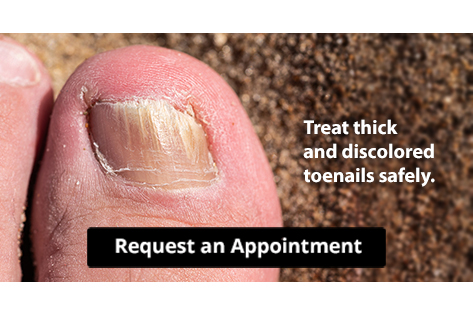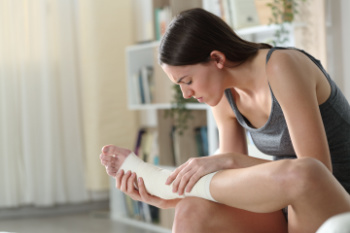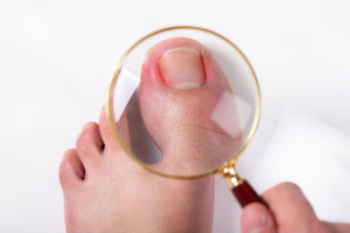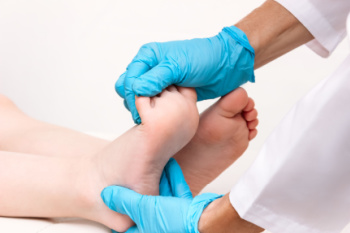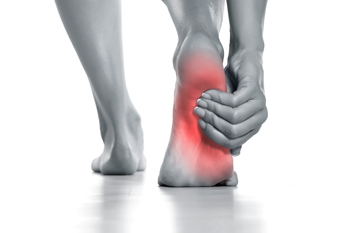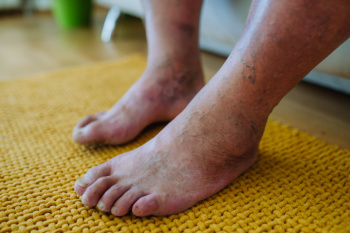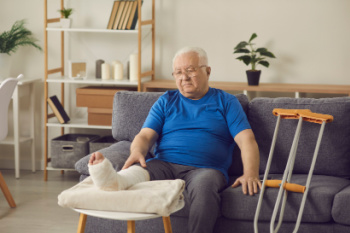
A Lisfranc fracture is an injury to the midfoot, where the metatarsal bones connect to the tarsal bones. This type of fracture can occur from a fall, a twist of the foot, or direct trauma, such as dropping something heavy on the foot, or a sports-related impact. Symptoms often include swelling, bruising on the top or bottom of the foot, pain while standing or walking, and an inability to bear weight. It may feel like a sprain at first, but without proper treatment, it can lead to long-term complications, like chronic pain or arthritis. A podiatrist can diagnose a Lisfranc fracture through a physical exam and imaging tests like X-rays or MRI scans. Treatment depends on the severity and may include immobilization with a cast or boot, or surgery to realign and stabilize the bones with screws or plates. Early diagnosis and care are essential for a full recovery. If you have this type of foot pain, it is suggested that you schedule an appointment to see a podiatrist for a diagnosis and appropriate treatment.
A broken foot requires immediate medical attention and treatment. If you need your feet checked, contact one of our podiatrists from Comprehensive Foot & Ankle Center of South Jersey. Our doctors can provide the care you need to keep you pain-free and on your feet.
Broken Foot Causes, Symptoms, and Treatment
A broken foot is caused by one of the bones in the foot typically breaking when bended, crushed, or stretched beyond its natural capabilities. Usually the location of the fracture indicates how the break occurred, whether it was through an object, fall, or any other type of injury.
Common Symptoms of Broken Feet:
- Bruising
- Pain
- Redness
- Swelling
- Blue in color
- Numbness
- Cold
- Misshapen
- Cuts
- Deformities
Those that suspect they have a broken foot shoot seek urgent medical attention where a medical professional could diagnose the severity.
Treatment for broken bones varies depending on the cause, severity and location. Some will require the use of splints, casts or crutches while others could even involve surgery to repair the broken bones. Personal care includes the use of ice and keeping the foot stabilized and elevated.
If you have any questions please feel free to contact our offices located in Cherry Hill, Voorhees, Atco, and Turnersville, NJ . We offer the newest diagnostic and treatment technologies for all your foot and ankle needs.
